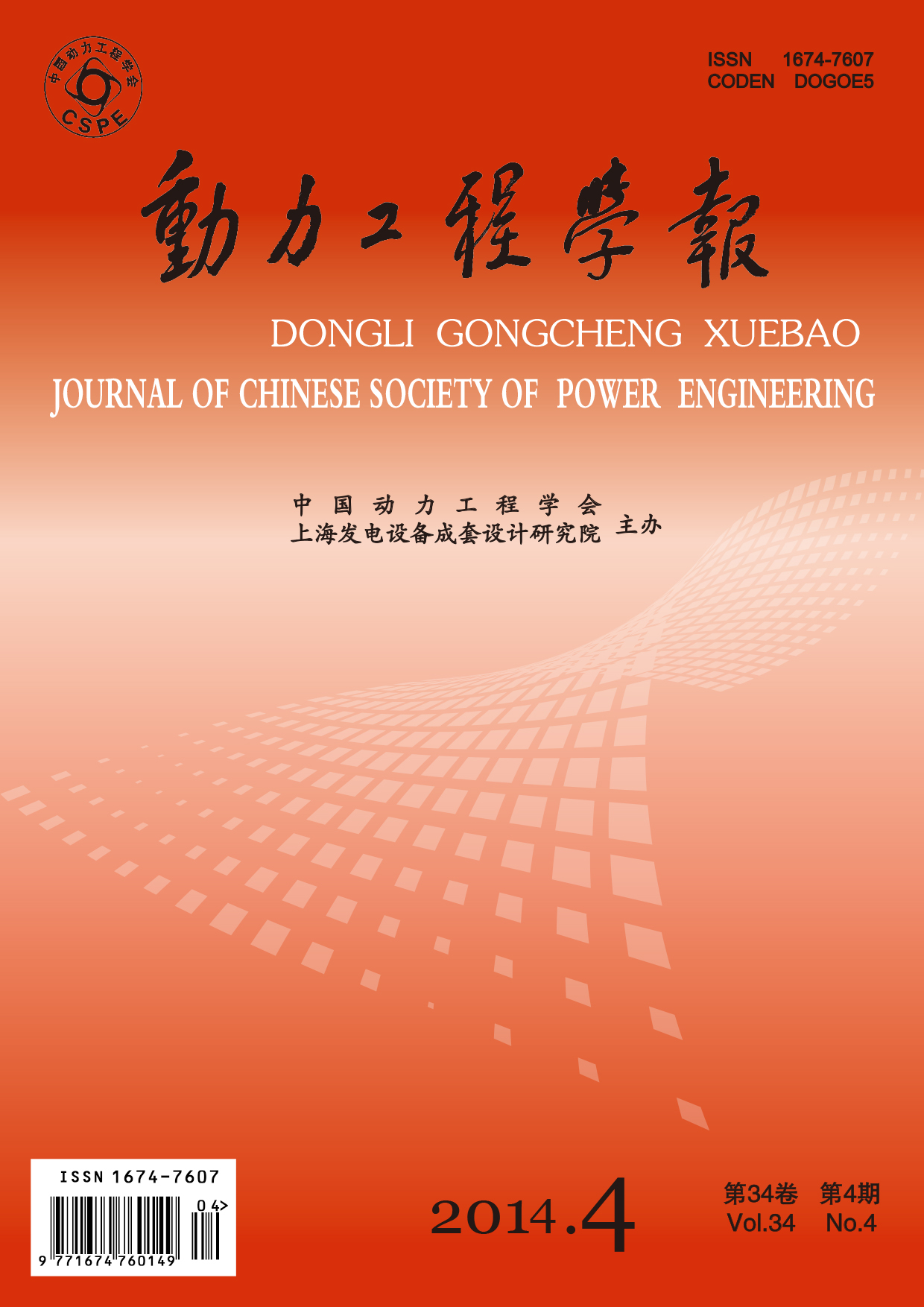SHI Zhou,WU Jiang,HE Ping,DAI Xuewei,ZHANG Shuaibo,WU Yu
2014, 34(4): 324.
To explore the reaction mechanism between Hg0 and KMnO4, experimental tests were carried out on a bubble reactor, during which the effects of following factors on the removal efficiency of Hg0 in simulated flue gas were analyzed, such as the initial KMnO4 concentration, the pH value and the reaction temperature, etc., while relevant mass transferreaction kinetic parameters calculated. Results show that the removal efficiency of Hg0 increases with rising initial KMnO4 concentration, reducing pH value and reducing reaction temperature; the reaction between Hg0 and KMnO4 is of the complex gasliquid mass transfer kind; both the E and KG/kL increase with the rise of initial KMnO4 concentration, indicating an enhanced effect of chemical reaction on mass transfer process and a weakened liquid membrane resistance, and therefore resulting in improved Hg0 removal efficiency; the removal efficiency of Hg0 reduces with rising reaction temperature, due to the lowered KG/kL coefficient and increased liquid membrane resistance, which are unfavorable to the reaction process.
